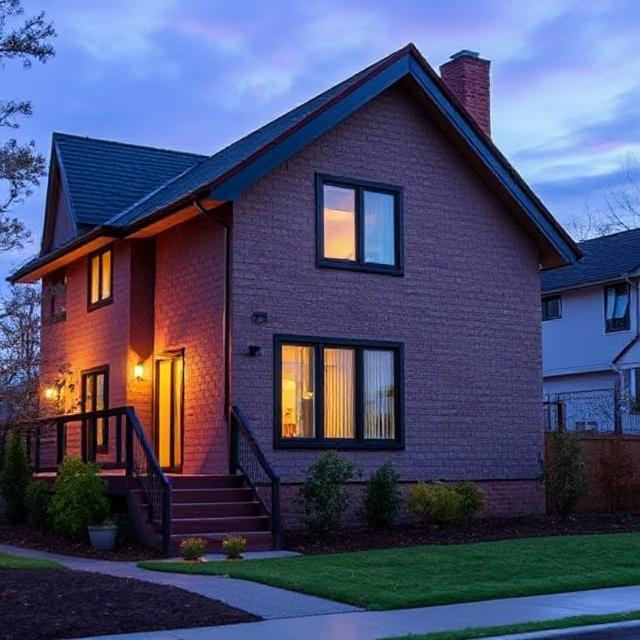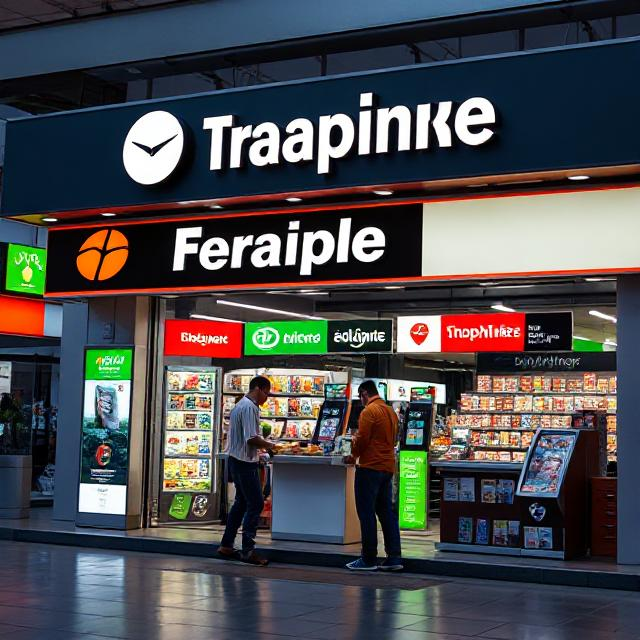Buying an investment property with no money down may sound impossible, but with the right strategies and creative financing, it’s entirely achievable. Below, we’ll explore proven methods for purchasing your first investment property without using your own cash in both the USA and Canada .
1. Understand the Basics of No-Money-Down Investing
Before diving into strategies, here are some key points to keep in mind:
- Creative Financing: You’ll need to rely on alternative methods beyond traditional bank loans.
- Leverage Other People’s Money (OPM): Use resources like partnerships, grants, or seller financing.
- Strong Negotiation Skills: Building relationships and negotiating favorable terms is critical.
- Risk Management: While no-money-down deals are attractive, they often come with higher risks (e.g., higher interest rates or shared equity).
2. Strategies for Buying Investment Properties with No Money Down
A. Partner with Investors
One of the simplest ways to buy a property with no money is to partner with someone who has capital. In exchange for their investment, you can offer them a share of the profits.
How It Works:
- Find a partner willing to fund the purchase in exchange for equity or a percentage of rental income.
- You contribute your time, expertise, and management skills to handle the property.
- Split profits based on the agreed-upon terms.
Example:
You find a duplex for $300,000. Your partner provides the full down payment and closing costs, while you manage the property. You split the rental income 50/50 or negotiate another arrangement.
B. Use Seller Financing
Seller financing occurs when the property owner acts as the lender. Instead of getting a traditional mortgage, you make payments directly to the seller.
Why It Works:
- Sellers may be more flexible than banks, especially if they’re motivated to sell.
- You can negotiate little or no down payment and favorable terms.
Steps to Secure Seller Financing:
- Look for motivated sellers (e.g., inherited properties, distressed sales).
- Propose a deal where you pay monthly installments over time.
- Include contingencies for repairs or inspections in the contract.
C. Leverage Government Programs
Both the USA and Canada offer programs that can help you secure financing with minimal or no money down.
In the USA:
- FHA Loans:
- Requires as little as 3.5% down , which can sometimes be covered by grants or gift funds.
- Can be used for multi-family properties (up to 4 units).
- VA Loans:
- Available to veterans, active-duty service members, and their families.
- Offers no down payment and can be used for investment properties under certain conditions (e.g., living in one unit of a multi-family property).
- USDA Loans:
- Designed for rural areas.
- Offers no down payment and low-interest rates.
In Canada:
- CMHC-Insured Loans:
- Allows down payments as low as 5% for primary residences, which can include multi-unit properties.
- Equity from land or other assets may cover the down payment.
- First-Time Homebuyer Incentives:
- Programs like the First-Time Homebuyer Incentive (FTHBI) provide shared equity mortgages, reducing upfront costs.
D. House Hacking
House hacking involves buying a multi-unit property, living in one unit, and renting out the others. This strategy allows you to qualify for residential loans with lower down payments.
How It Works:
- Purchase a duplex, triplex, or fourplex.
- Live in one unit and rent out the others.
- Use rental income to cover the mortgage and expenses.
Benefits:
- Residential loans (e.g., FHA, VA) require as little as 3.5% down or 0% down for veterans.
- Rental income offsets your living costs, effectively making your housing free.
E. Lease Options (Rent-to-Own)
A lease option allows you to rent a property with the option to buy it later. During the lease period, you can sublease the property to tenants and use their rent to cover your costs.
How It Works:
- Negotiate a lease agreement with the seller, including an option to purchase at a set price.
- Collect rent from tenants and apply it toward the eventual purchase.
- Use the time to build equity or improve your financial position.
F. Wholesaling Real Estate
Wholesaling involves finding deeply discounted properties, getting them under contract, and assigning the contract to an investor for a fee.
How It Works:
- Find a motivated seller willing to sell below market value.
- Get the property under contract.
- Assign the contract to an investor who pays you a fee (e.g., $5,000–$10,000 per deal).
Benefits:
- Requires no money down since you’re not actually purchasing the property.
- Great way to build capital for future investments.
G. Use Hard Money or Private Lenders
Hard money lenders or private investors can fund your purchase in exchange for higher interest rates or equity.
How It Works:
- Approach private lenders (e.g., friends, family, or local investors) to fund the purchase.
- Offer them a return on investment through rental income or equity shares.
- Repay the loan once you refinance or sell the property.
H. Tap Into Retirement Accounts
If you have a retirement account like an IRA or 401(k), you may be able to use it to invest in real estate.
How It Works:
- Set up a Self-Directed IRA (SDIRA) to invest in real estate.
- Use funds from your IRA to purchase the property.
- Rental income goes back into the IRA, tax-deferred.
Note: Consult a financial advisor to ensure compliance with IRS or CRA rules.
I. Explore Grants and Down Payment Assistance Programs
Many local governments and nonprofits offer grants or assistance programs to help first-time investors.
Examples:
- USA: Programs like the Good Neighbor Next Door program offer significant discounts for teachers, police officers, and firefighters.
- Canada: Provincial programs like Ontario Renovates or BC Housing Grants provide funding for homebuyers and investors.
3. Tips for Success
A. Build Strong Relationships
Networking is key in real estate. Attend local real estate meetups, join online forums, and connect with wholesalers, agents, and investors.
B. Focus on Motivated Sellers
Look for distressed properties, foreclosures, or sellers who need to move quickly. These situations often lead to better deals.
C. Improve Your Credit Score
Even with no-money-down strategies, having good credit improves your chances of securing favorable terms.
D. Start Small
Begin with single-family homes, duplexes, or small multi-family properties. These are easier to finance and manage.
E. Educate Yourself
Read books, attend seminars, and take courses on real estate investing. Knowledge is your greatest asset.
4. Risks to Consider
While no-money-down strategies can be lucrative, they come with risks:
- Higher Costs: Interest rates or fees may be higher than traditional loans.
- Shared Equity: Partners or investors may take a significant portion of profits.
- Market Risk: Property values can fluctuate, impacting your returns.
Final Thoughts
Buying your first investment property with no money down requires creativity, persistence, and a willingness to explore unconventional financing options. Whether you choose house hacking, seller financing, or partnering with investors, the key is to start small and scale your portfolio over time.
If you’re serious about real estate investing, consider working with a mentor or joining a local real estate investment group to accelerate your learning and network with experienced professionals.
Let me know if you’d like more details on any specific strategy! 😊





